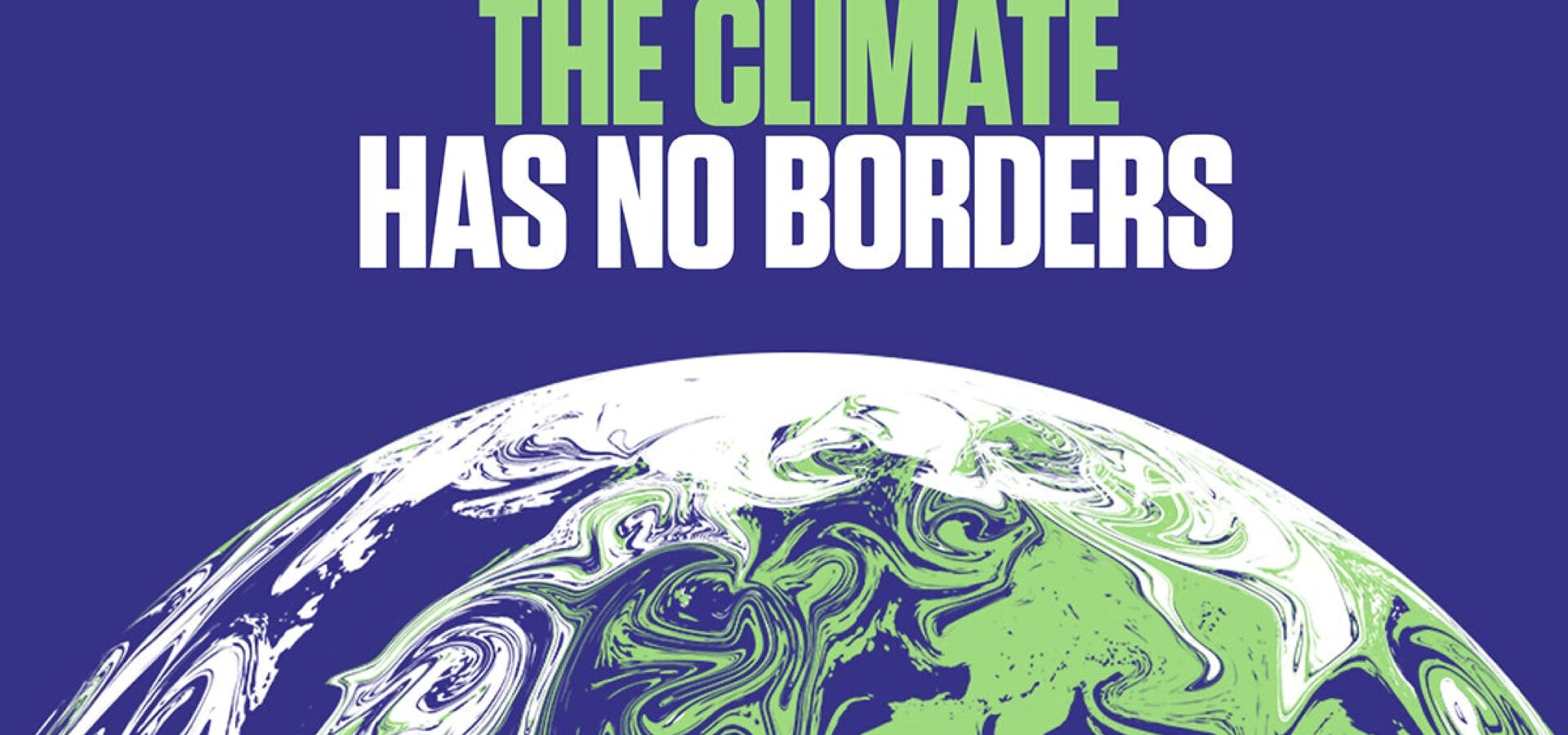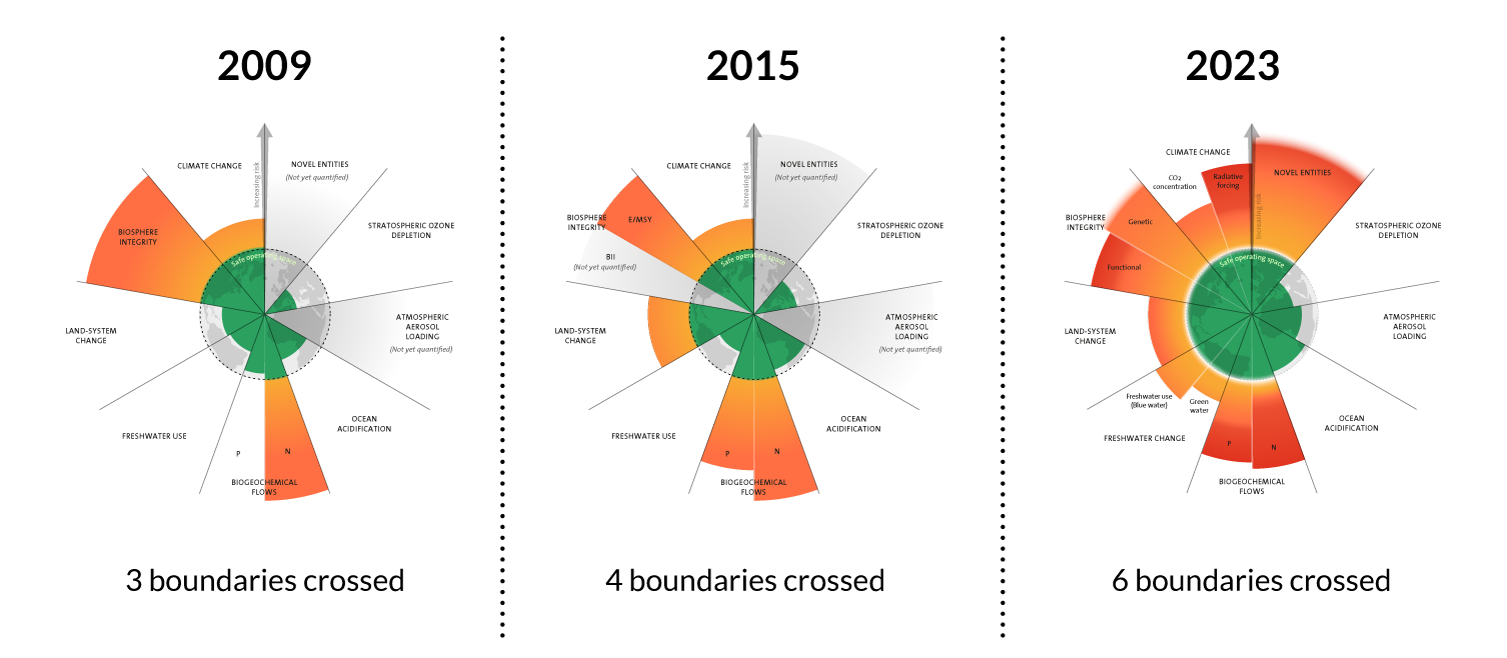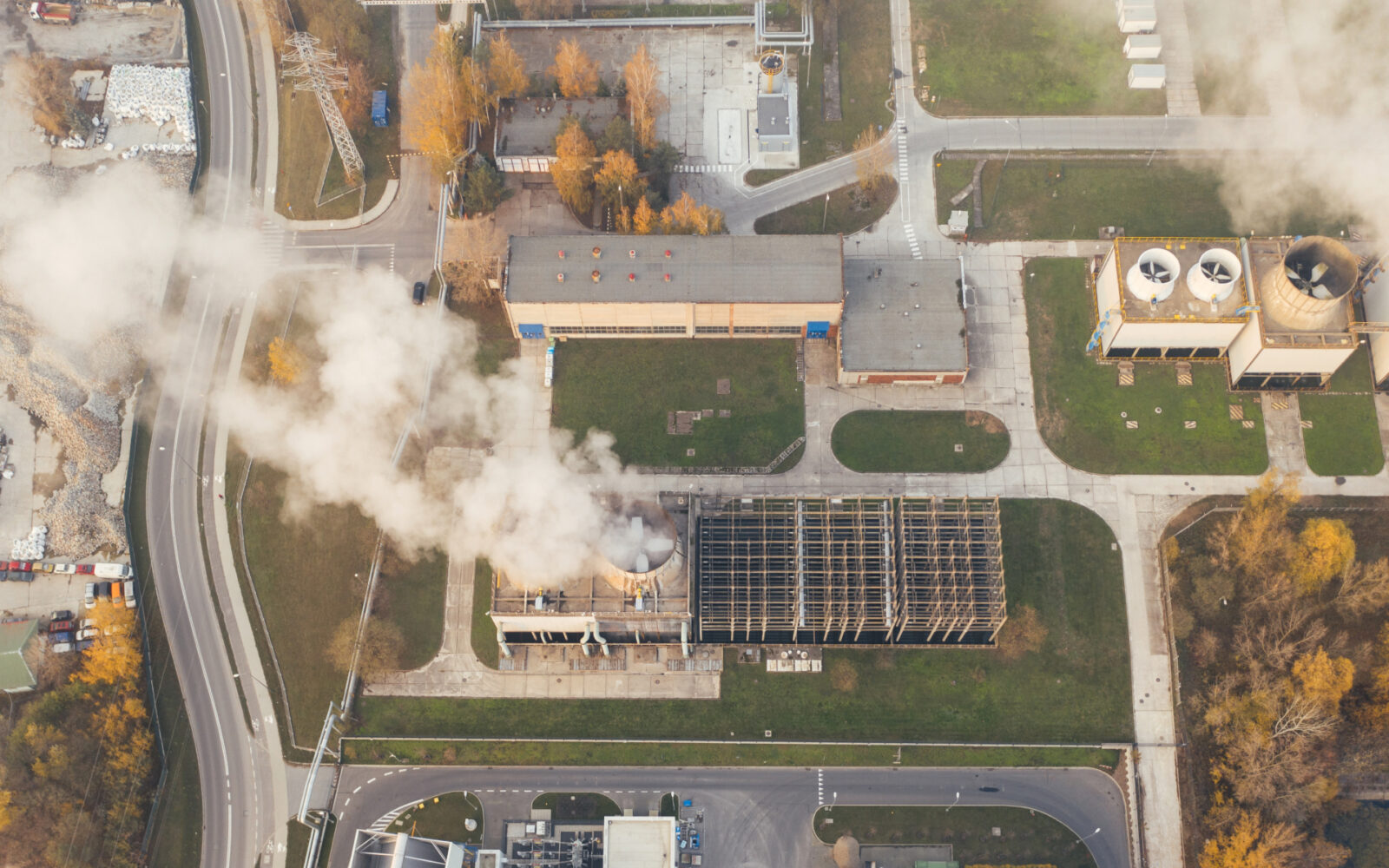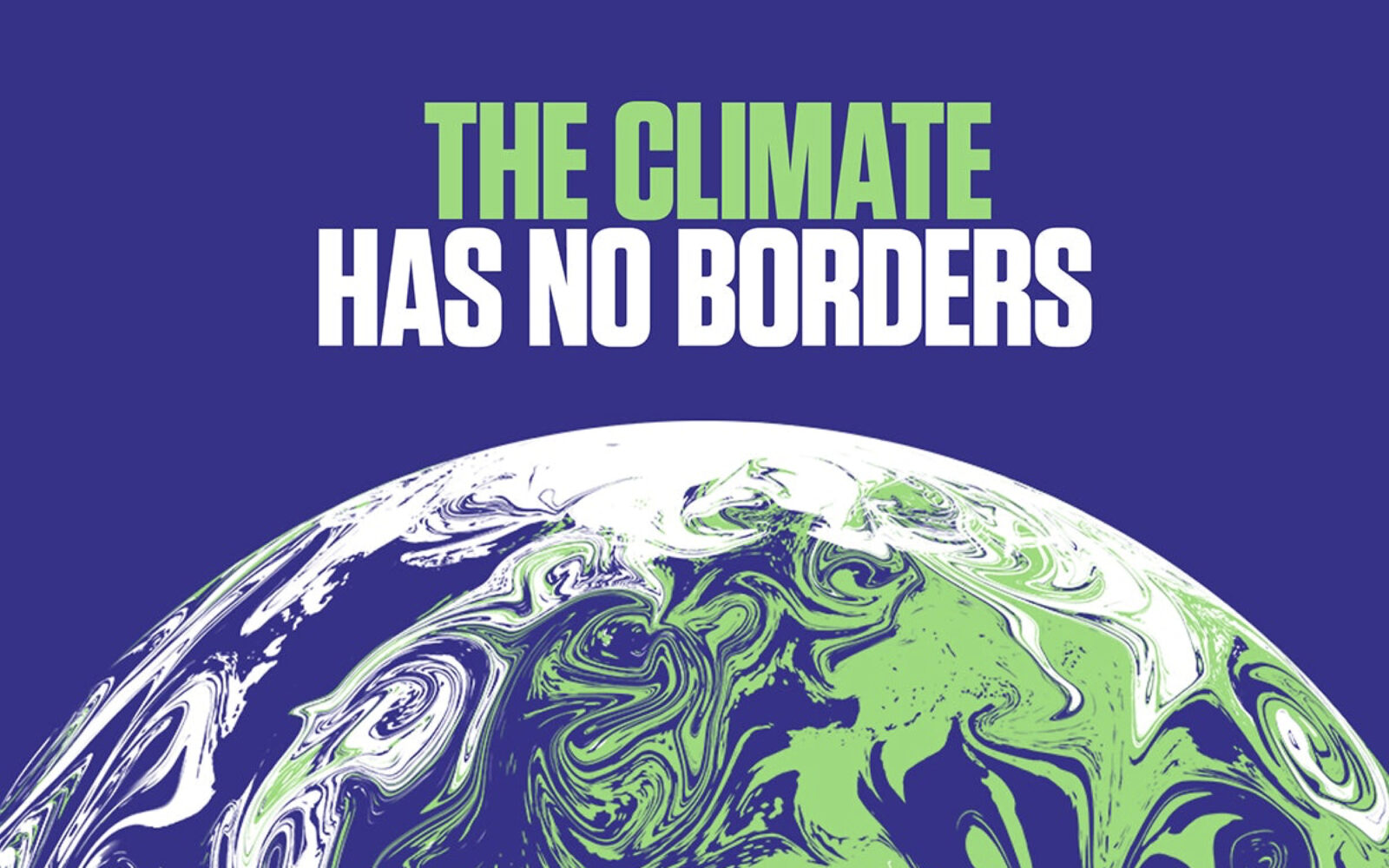The COP26 Conference in Glasgow didn’t bring us the certainty of keeping the Earth’s rising temperature at 1.5 C degrees, but it did give us signs of hope in other important areas. There was a promise made by these governments to come back next year with Paris-aligned near-term targets of stronger 2030 emissions reduction. Let’s dig down further into COP26 outcomes, to better understand the current situation.
An unsure course with a promising ending
One of the major things that happened by the end of COP26 was 151 countries submitting their new plans and targets on how to reduce greenhouse gas emissions by 2030. As a member of the European Union, the Czech Republic is one of them, with a target of reducing emissions by at least 55% by 2030, compared to 1990.
To keep the temperature at 1.5 C degrees above pre-industrial levels, we must first plan to reduce global emissions by 50% by 2030.
Unfortunately, according to calculations by the United Nations, current plans will result in a 2.5 C degree increase in global temperature, compared to pre-industrial levels.
To ensure that the highest possible efforts will be achieved, governments agreed that they will come back together next year with new Paris-aligned, near-term targets of stronger 2030 reduced emissions. The largest responsibility falls on the largest contributors to greenhouse gas emission production, such as Australia, China, Saudi Arabia, Brazil, and Russia.
For now, we have to put maximum energy into making those goals as relevant as possible and actually fulfilling them. Next year, when the next goals and targets are introduced, we will have a better view of whether or not we will be able to sustain the temperature at 1.5 C degrees and, if not, by how much we will breach it.
What are the achievements of COP26
- Although developed nations failed to mobilise $100 billion a year from 2020 to 2025 to support developing countries in climate efforts, recent OECD estimates suggest that total climate finance reached $79.6 billion in 2019. The COP26 outcome is that those developed countries will fulfil this promise as soon as possible and will report on their progress towards achieving it.
- The world’s countries agreed on the rules of the global carbon market.
- Climate-vulnerable countries raised an initiative for COP26 to launch a new finance entity focused on loss and damage costs. But for now, it didn’t find favour in developed nations such as the U.S. Nevertheless, these countries did agree on creating a discussion of possible arrangements for loss and damage funding, creating opportunities for future COPs.
- India announced a commitment to reach net-zero emissions by 2070, including ambitious targets in renewable energy for 2030.
- 109 countries signed up to the Global Methane Pledge to reduce methane emissions by 30% by 2030, as methane is one of the most dangerous greenhouse gases.
- 141 countries committed $18 billion in funding to halt and reverse forest loss and land degradation by 2030, including $1,7 billion to support indigenous people.
- 46 countries committed to phasing out domestic coal in the 2030s, including the U.K, Canada, Germany, and Italy.
- Initiative Glasgow Breakthroughs was announced with a responsibility to significantly accelerate the innovation and use of clean technologies within 5 heavy-emissions industries – power, road transport, steel, hydrogen, and agriculture.
The sustainability-oriented startups with their technologies and solutions will play a vital role in bringing these commitments within reach.
Resources:
https://www.wri.org/insights/cop26-key-outcomes-un-climate-talks-glasgow
https://wedocs.unep.org/bitstream/handle/20.500.11822/36995/EGR21_CH4.pdf
https://www.climatewatchdata.org/2020-ndc-tracker
https://unfccc.int/climate-action/race-to-zero-campaign
https://www.oecd.org/newsroom/statement-by-the-oecd-secretary-general-on-future-levels-of-climate-finance.htm
https://elementalexcelerator.com/latest/articles/what-cop26-means-for-climate-technology-innovation/





















































